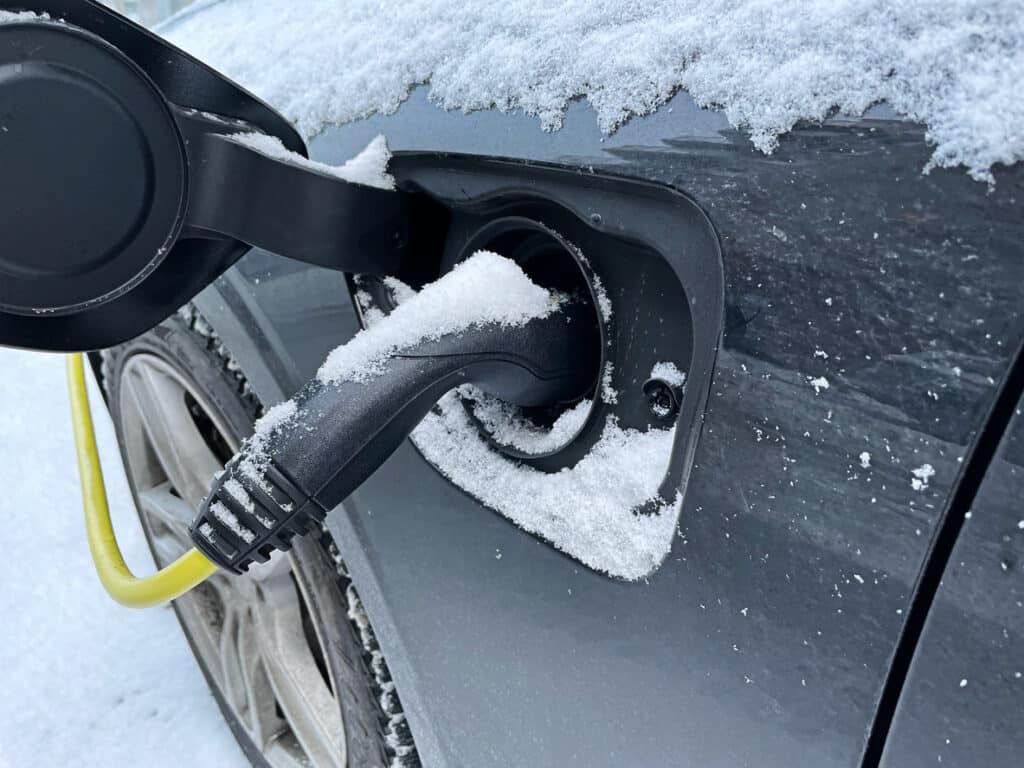The performance and charging of electric vehicles can be impacted by seasonal temperatures and climate conditions. When we go through the dog days of summer, for example, the hot and humid conditions can make the charging process slower as the battery’s internal resistance increases. At lower temperatures, the capacity of EV batteries is diminished, and the chemical reactions within the battery pack often slow down in cold temperatures, thus resulting in longer charging times or error codes flashing on the station or the dashboard.
Automakers and EV engineers generally recommend taking time to prepare home chargers in the spring and fall; doing so will give you time to get ready for the summer and winter, which are the seasons when EVs are more likely to be impacted by battery charging issues. Let’s review what you should do before fall turns into winter.
Can Your Home EV Charger Handle the Change of Season?
For optimal charging in all seasons, the charging station and the EV should be inside, but this is not possible in all situations. If your home does not have a garage, your EV will stay outside while charging, but the charging station does not have to be. Unless your home EV charger has a weather-resistant form factor designed for outdoor use, the box should not be exposed to the elements.
We have seen situations in which previous homeowners installed a Wallbox Pulsar Plus outside. The Pulsar Plus is a sleek home EV charger that looks great anywhere, but it requires an indoor installation because it does not have any weatherproofing. You can still run the cable outside and plug it into the EV, but the unit is for indoor use. The Wallbox Commander and the ChargePoint Home Flex are home EV chargers with IP67 that can withstand rain, snow, and extreme temperatures.
If you purchased a home with an outdoor EV charging station, check its specs to make sure it can handle staying there. As long as it is not damaged, the installation can be moved inside.
Checking the Condition of the EV Charging Station
You want to inspect the charger for signs of damage such as cracked cables or loose connections. If your EV will be charged outside, the cable and connector plug should be insulated even if the unit is inside. For additional protection of outdoor chargers, consider a protective cover. Some chargers feature heaters to prevent freezing and ensure optimal performance. EV charging is more critical when temperatures drop; for this reason, investing in a whole-house surge protector will pay off during the fall and winter in case of sudden voltage surges during storms.
For all your home EV charger maintenance and repair needs, contact Ambition Electric in Lincoln, NE.




